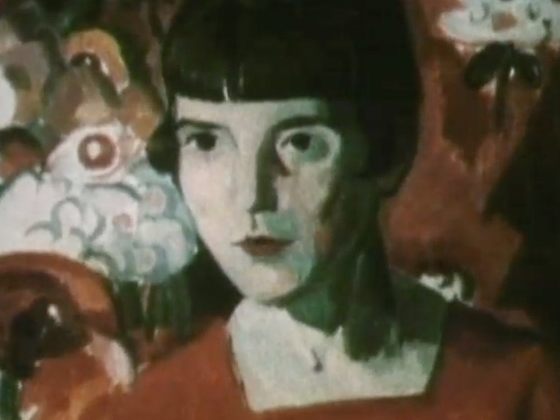


Bliss is about a young woman struggling to understand her own newly discovered sexuality, Miss Brill concerns an impoverished, lonely spinster and Pictures a struggling singer who is forced to turn to prostitution. Many of Mansfield’s short stories focus on those estranged or isolated by society, in particular women. Indeed, some critics go so far as to suggest the short story format is particularly suited to writers exploring a feminist world view. This was partly because her writing career was cut tragically short by her early death, but also because this form gave her a structure within which to polish her characters and experiment in form.

In terms of form, Mansfield explored these ideas through the short story. Katherine Mansfield’s writings suggest a sense of personal truth a subjective truth based on female experience in a society where women were still marginalised. This had implications not just for her outlook, but for her narrative style too. One of the key assumptions that Mansfield, and other female modernists, challenged was the habit of presenting narrative fiction through male eyes and according to male values. Truth viewed in terms of the conventions and assumptions of a stable civilization ceased to be regarded as truth when it became obvious that that civilization was losing its stability, when its criteria of value were ceasing to be universal, and when its conventions were coming to be viewed as irrelevant.ĭavid Daiches, Katherine Mansfield and the Search for Truth in Rhoda B Nathan (ed), Critical Essays on Katherine Mansfield (New York, Maxwell MacMillan International, 1993)īut Mansfield brought something else to the modernist table not just a questioning of the nature of truth and reality, but an appreciation of the crucial role of gender. The very notion of objective truth was viewed as suspect by Mansfield. What Mansfield had in common with other modernist writers, including those who were male, is a questioning of the nature of truth and reality a challenging of the certainties and assumptions that had underpinned Victorian fiction. But the growth of feminist literary criticism in the 1970s, particularly the work of Hélène Cixous and others in France, has led to a reappraisal of Mansfield’s work, and in particular her short stories. Katherine Mansfield was, until recently, regarded as very much a minor figure in the development of modernism. Sally Ledger, The New Woman: Fiction and Feminism at the Fin de Siècle (Manchester & New York, Manchester University Press, 1997) Yeats – these are the names which have dominated the English modernist literary canon, with Virginia Woolf representing a token female presence. Until relatively recently, women have been noticeable only by their absence from the tradition of Anglo-American high modernism.


 0 kommentar(er)
0 kommentar(er)
